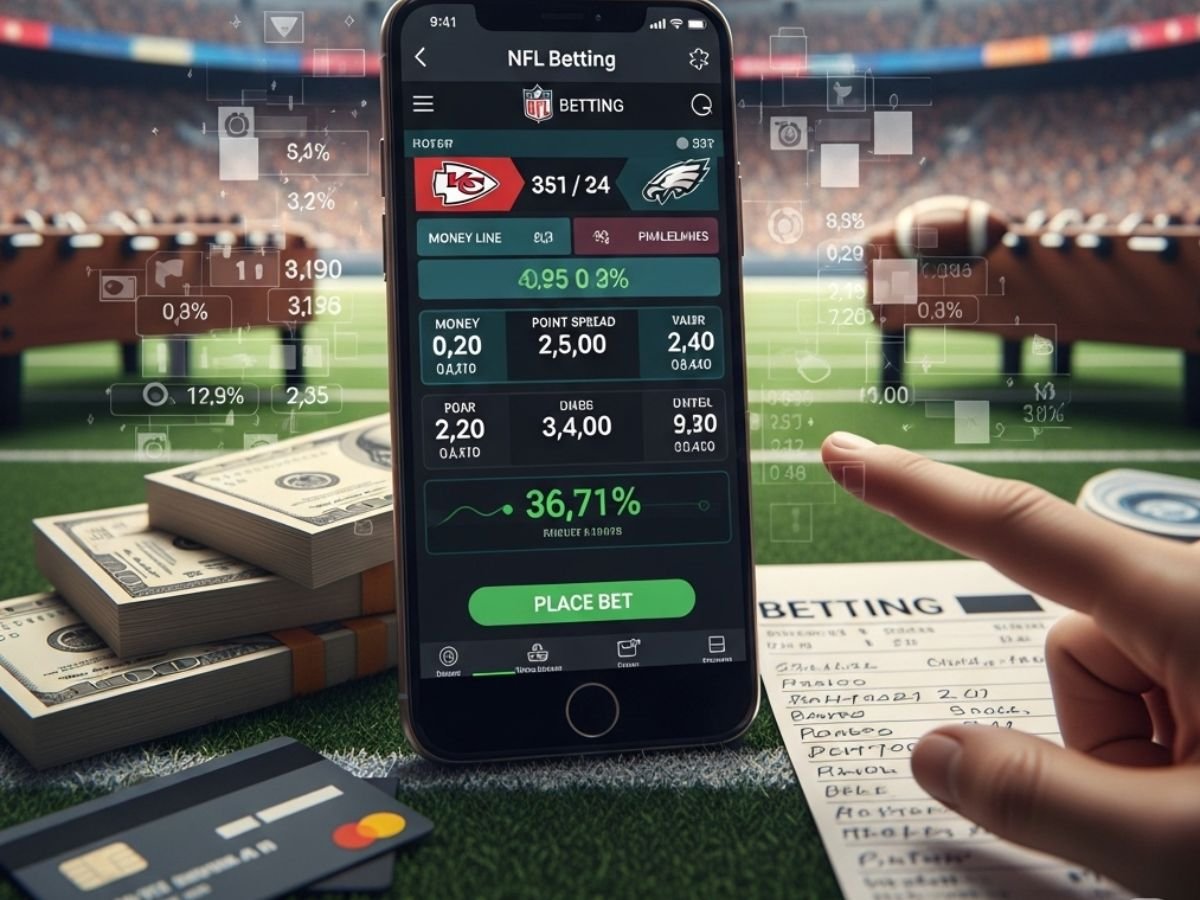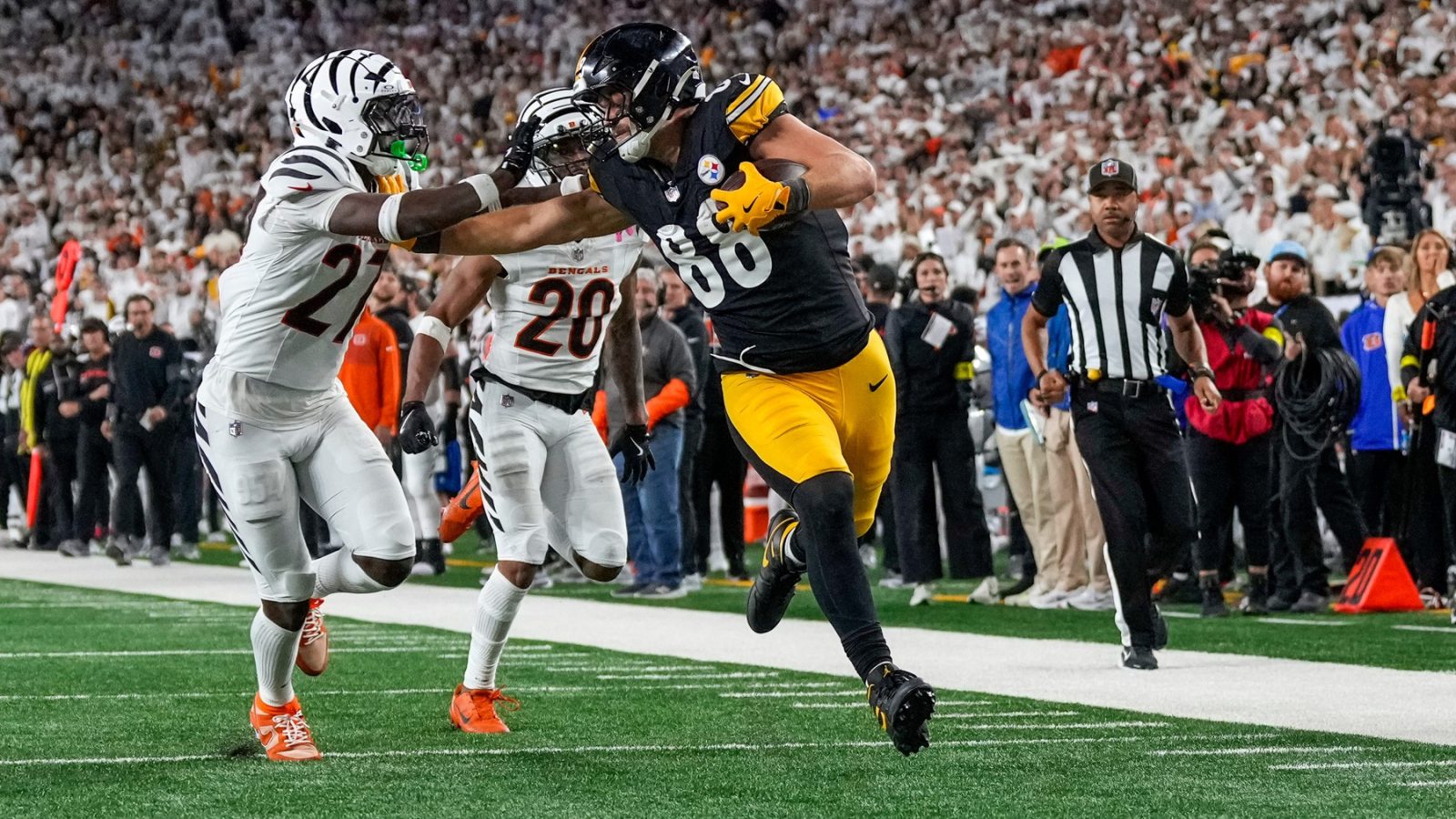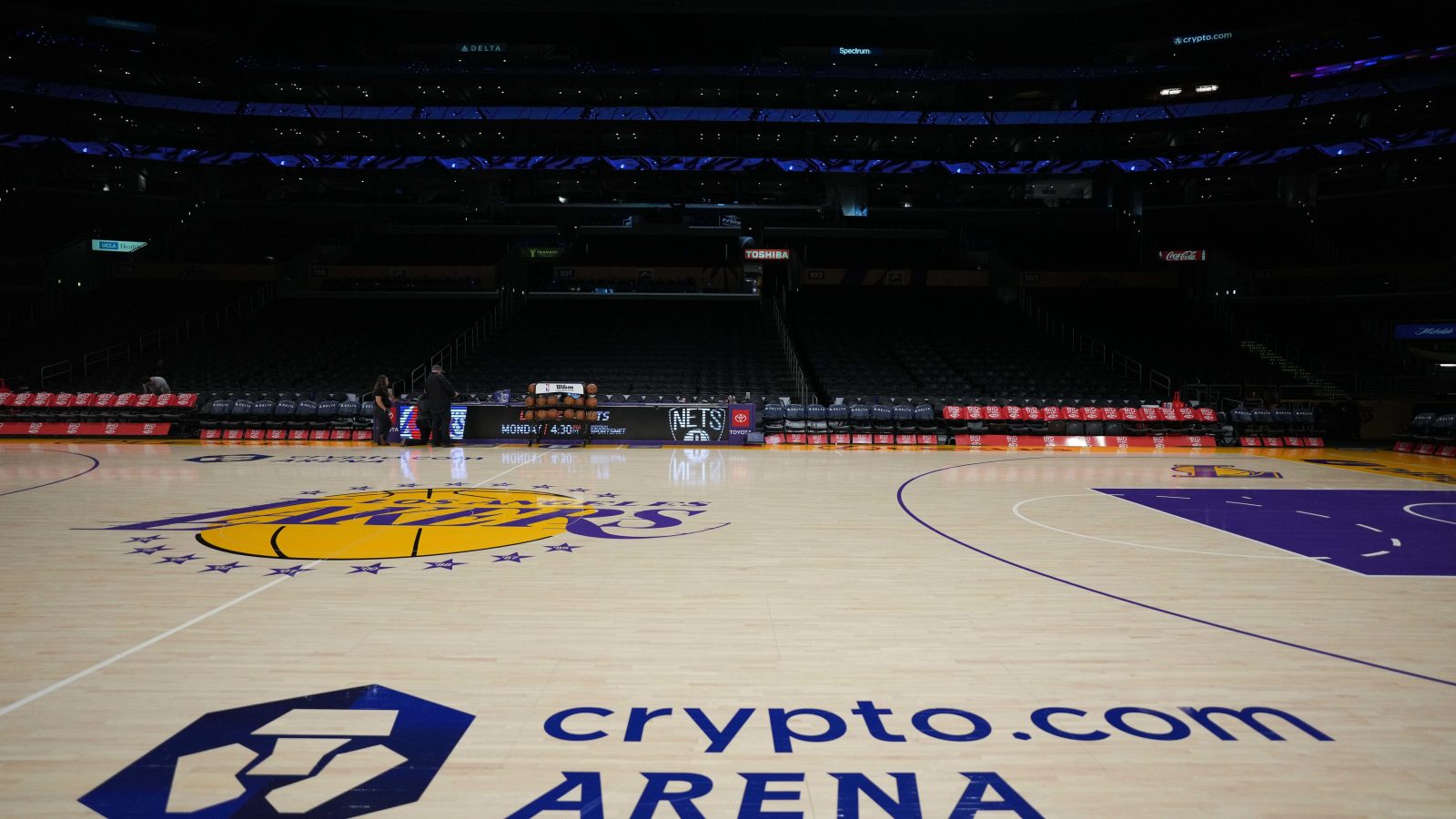Every day, millions of Americans place bets on NFL, NBA, MLB, and NHL games. But have you ever wondered how sportsbooks decide on the numbers you see, the spreads, totals, and moneylines? Understanding how sportsbooks set their lines is not just trivia; it’s the first step toward smarter, more informed betting.
Sportsbooks are not in the business of predicting outcomes, they’re in the business of making a profit. That means the odds, point spreads, and totals are designed to balance action on both sides of a wager while factoring in team performance, historical trends, injuries, public perception, and advanced statistics. Bettors who understand the line-setting process can identify value bets, avoid common traps, and potentially increase their long-term success.
Also read: Crypto betting in the US: Which sportsbooks accept Bitcoin?
In this guide, we break down the process sportsbooks use to set lines, explain key terms and mechanics, and reveal how US bettors can apply this knowledge to their advantage.
How sportsbooks set their lines: Step by step
1. Initial odds creation
The first step in line-setting is creating the opening odds. Oddsmakers use:
- Team performance metrics and advanced stats
- Player injuries and roster changes
- Historical trends and head-to-head matchups
- Situational factors such as home-field advantage or weather
These opening lines are typically designed to reflect the “true probability” of each outcome.
2. Factoring in the public
Once lines are published, sportsbooks monitor how the public bets. US bettors are known for favoring favorites, star players, and high-profile teams. Sportsbooks adjust lines to balance exposure, ensuring they don’t lose too much money if one side is heavily backed.
Example: If 70% of bets are on Team A in an NFL matchup, the sportsbook may shift the spread slightly to attract more wagers on Team B.
3. Advanced analytics and market signals
Sportsbooks increasingly rely on advanced stats and market data to refine lines:
- Public betting percentages: How much action is on each side
- Sharp money: Bets placed by professional or well-informed bettors
- Line movement from other sportsbooks: Helps set competitive odds
By analyzing these factors, sportsbooks aim to minimize risk and encourage balanced betting.
Also Read: NFL Week 5 Betting: Chiefs vs Jaguars prediction, odds, picks and props
4. The vig or juice
Every sportsbook charges a vig (short for vigorish), a small commission built into the odds to guarantee profit over time. For example, a standard point spread bet of -110 requires you to wager $110 to win $100. Understanding the vig helps bettors calculate true value in a line.
5. Line movement and adjustments
Odds are not static. Sportsbooks constantly tweak lines in response to:
- Injuries or last-minute roster changes
- Sharp bettors influencing the market
- News, weather, or other external factors
Savvy bettors can take advantage of early lines before public adjustments or exploit value in line movement.
What bettors can learn from line-setting
- Look for value bets, not just winners:
A line shift doesn’t always reflect a change in probability—it often reflects where the money is going. - Shop lines across multiple sportsbooks:
Differences in odds can create opportunities for bigger payouts or arbitrage bets. - Understand the impact of the public:
Betting against the public isn’t always profitable, but recognizing overvalued favorites or popular teams can uncover value. - Use early lines strategically:
Early betting can lock in advantageous odds before the line moves due to heavy public action. - Factor in the vig:
A clear understanding of the sportsbook’s built-in commission helps you evaluate whether a bet is truly profitable.
Understanding how sportsbooks set their lines is a critical skill for US bettors. It demystifies the process, helps spot value, and allows for smarter betting decisions. While it doesn’t guarantee wins, combining line knowledge with bankroll management, research, and advanced stats can significantly improve long-term results.
FAQs
Q1: Do sportsbooks always try to predict the outcome of a game?
Not exactly. Sportsbooks aim to balance bets on both sides to ensure profit, not to predict the exact result.
Q2: What is line movement, and why does it happen?
Line movement is the change in odds or spreads after the opening line. It occurs due to public betting, sharp money, injuries, or market shifts.
Q3: What is “vig” or “juice” in sportsbook betting?
The vig is the built-in commission sportsbooks charge on bets to guarantee profit. For example, a -110 spread requires wagering $110 to win $100.
Q4: Can bettors beat sportsbooks by understanding lines?
While there’s no guaranteed method, understanding line-setting helps identify value bets, exploit public bias, and make more informed decisions.
Q5: Should I always bet early to get the best lines?
Early lines can offer value, but they carry risk if there are unexpected injuries or news. Smart bettors weigh early opportunities against potential line adjustments.








